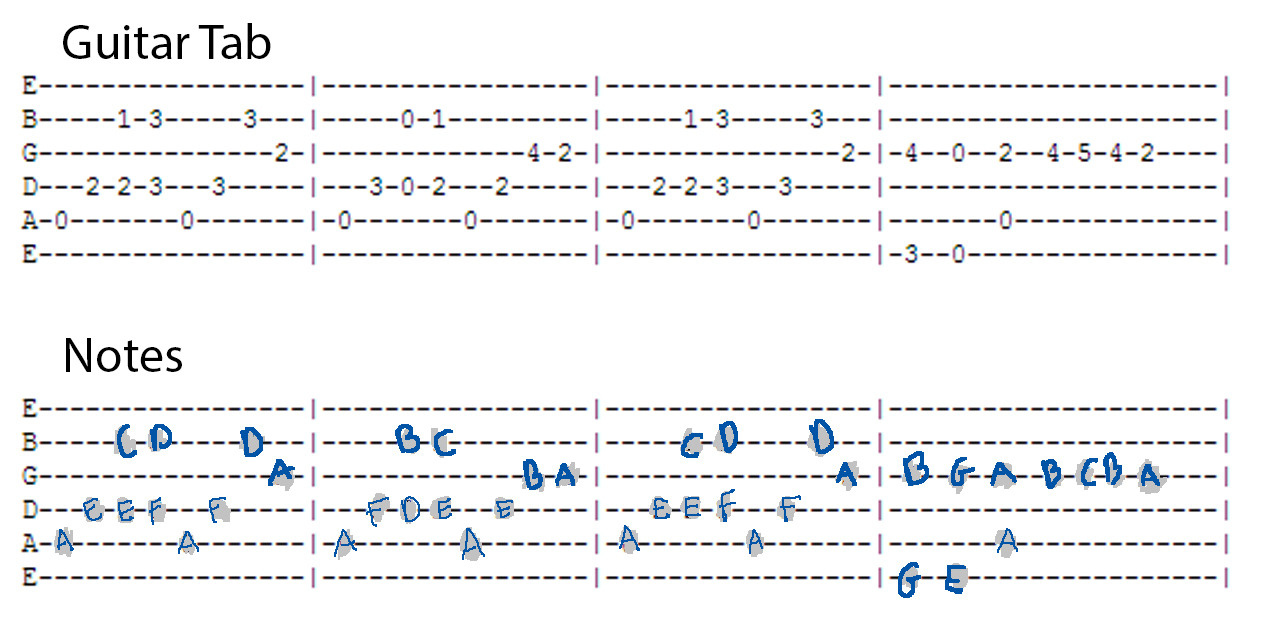Q:
How to transcribe music to in-game notes?
The in-game harp’s key is C major/A minor, and you’ve access to C3 through C6. You’re going to have to transpose the piece or arrange it to play it on the harp.
I don’t know how much music theory you know, so just in case you haven’t correlated this, C3 – B3 (+ C4) is the lowest octave on the skill bar, C4 – B4 (+ C5) is the second octave, and C5 – B5 (+ C6) is the third. Skills correlate to notes as follows:
- 1 – C
- 2 – D
- 3 – E
- 4 – F
- 5 – G
- 6 – A
- 7 – B
- 8 – C
- 9 – shift down octave
- 10 – shift up octave
Starting with the C3+ octave, you could shift your transcription up a fourth, fifth, or an octave. Shifting it up an octave, your notes are perfectly fine. Just start with A3 (skill 6 from the lowest octave).
If you shift it up a fifth, you’ll miss out on an F sharp (originally high B in measure 2); if you shift it up a fourth, you’ll miss out on a B flat (originally F in measures 1 – 3) and an A (originally E in measure 4).
Having said that, I shifted your transcription up a fourth and changed a few harmonies to account for the missing B flat and A. The altered harmonies preserve the originals as best as possible.
- q – quarter note
- e – eighth note
- s – sixteenth note
- . – dotted note
- e(D3) – e(A3) – e(A3/F4) – e(D4/G4) – e(D3) – e(G3) – e(G4) – e(D4)
- e(D3) – e(G3) – e(G3/E4) – e(A3/F4) – e(D3) – e(A3) – e(E4) – e(D4)
- e(D3) – e(A3) – e(A3/F4) – e(D4/G4) – e(D3) – e(G3) – e(G4) – e(D4)
- q(C3/E4) – q(E3/C4) – e.(D3/D4) – s(D4) – s(E4) – s(F4) – s(E4) – s(D4)
Note that in line 4, I added an extra note (the D4 before E4) to be more like the original piece. Of course, you’re going to have to manually switch octaves when you go from 3 to 4 and vice versa. The key-based version of this arrangement is below, with octave-shifting indicated by d (9) or u (10):
- 2 – 6 – 6/u 4 – 2/5 – d 2 – 5 – u 5 – 2
- d 2 – 5 – 5/u 3 – d 6/u 4 – d 2 – 3 – u 3 – 2
- d 2 – 6 – 6/u 4 – 2/5 – d 2 – 5 – u 5 – 2
- d 1/u 3 – d 3/8 – 2/u 2 – 2 – 3 – 4 – 3 – 2
(edited by Shew.6827)
